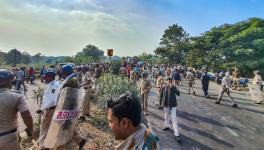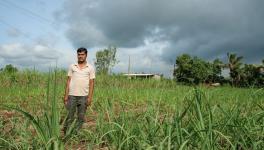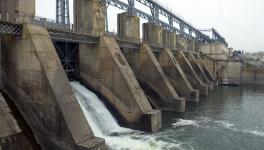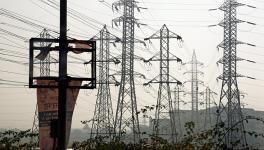Coastal Regulation: Modi Government's Overlooking of Suggestions has had Tangible Consequences
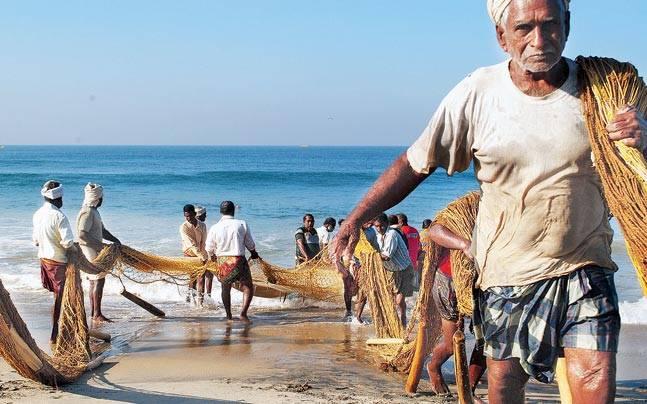
Representational Image. Image Courtesy: sabrang India
As protests against the draft Environment Impact Assessment Notification, 2020, intensify across the country, activists point towards the failure of the previous policy, highlighting how the new draft may follow the same pattern.
Inputs Ignored, Process Shrouded in Secrecy
A recent investigation by IndiaSpend revealed how changes made to the draft were intensely debated within the ministry and discussed at the level of the Prime Minister’s Office (PMO). Scroll had earlier reported that over 30 amendments to the EIA Notification 2011 were passed without mandatory public notices.
Despite the ongoing agitations against the dilution of norms, the Environment Ministry went ahead to dilute provisions related to construction activity in urban coastal areas and aided the development of airports in wastelands/non-arable lands in rural coastal areas.
The go-ahead given by the office of the Prime Minister therefore ignored over 90% of representations objecting to the Coastal Regulation Zone Notification, 2019. Not just public inputs, once the process of accepting suggestions was over, the final draft of the CRZ approved by the Modi government had changes which were not put out in the public domain. These changes are seen to be aimed at benefiting corporates, allowing “public utilities” like sewage treatment plants, link roads, coastal roads, and ecotourism projects in sensitive and protected zones.
Speaking to NewsClick, activist and environmental policy expert Kanchi Kohli said: “Notifications like the CRZ or EIA are malleable to repeated executive level amendments. There are three important points to keep in mind. First, changes to the notifications can be introduced even while the final revisions are pending. Secondly, amendments which were never part of a draft notification may get introduced subsequently based on internal government decisions. Finally, both these kinds of amendments are often introduced dispensing the requirement of public comments citing larger public interest.”
Devastation on the Ground
Environment portal Mongabay highlighted how the Mumbai floods this year have breached all previous frontiers owing to the infrastructural developments in the most protected areas. The rainfall led to flooding in areas of south Mumbai such as Churchgate, Fort, Oval Maidan, Charni Road, Girgaum Chowpatty, Masjid station, J.J. Hospital, Breach Candy, Haji Ali among others.
Speaking to NewsClick, Stalin Dayanand of Vanshakti, an NGO campaigning for forest rights and against the commercialisation of the coast said: “For the first time in history we saw that the areas which were never flooded have now been flooded. It is precisely because of the reclamation permitted under the CRZ that this has happened – we are weakening environmental regulations on every front with each passing day. The EIA is going down the same path – we are handing over the environment to the industry. The same approach is being followed in policy after policy...” Dayanand added that with the government “working at the behest of the industry, it's the case of the appointment of a butcher as an animal welfare officer.”
In 2016, a report by the Council for Scientific and Industrial Research-National Institute of Oceanography had said that “the model simulations for the case of reclamation for the coastal road facility resulted in increased water levels, increased flow speeds and consequently increased bed level changes…”
These changes are adversely affecting the livelihoods of the fishing communities. The fishing villages of Mumbai, called koliwadas – despite being located in an urban space – were granted CRZ III status by the 2011 law. It saved fishing communities from being “rehabilitated” in multi-storey buildings without basic amenities and infrastructure. Now, that protection has been removed.
T. Peter, General Secretary of the National Fishworkers’ Forum said that the “sole purpose” of the notification is “to pave the way to sell off the coastal lands and water to corporate business houses.”
Speaking to NewsClick, environmental activist Leo Saldanha said: “The CRZ and the EIA need to be viewed in a historical context. The voices of the communities being affected by the policies have long remained suppressed, with the industry promoting its business model to expand and create coastal roads and coastal railways. We do not have any representation today from the fishing community, so the dilution is only the tip of long term environmental injustice which is ongoing.”
The fishing community and citizens in Maharashtra have moved the Bombay High Court and the Supreme Court (SC) against proposed projects that received CRZ clearance, such as the coastal Road, bullet train and Chhatrapati Shivaji Maharaj’s statue in Arabian Sea – that proposes to reclaim mangroves, wetlands, fishing beds and marine wildlife habitats like reef building corals – all protected under CRZ 2019.
Read More: Commercialisation of the Coast: Modi Government Overhauls Coastal Regulation Zone
Get the latest reports & analysis with people's perspective on Protests, movements & deep analytical videos, discussions of the current affairs in your Telegram app. Subscribe to NewsClick's Telegram channel & get Real-Time updates on stories, as they get published on our website.











